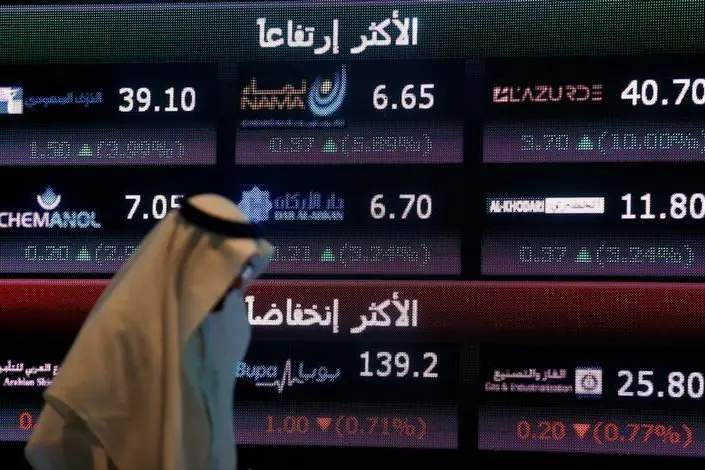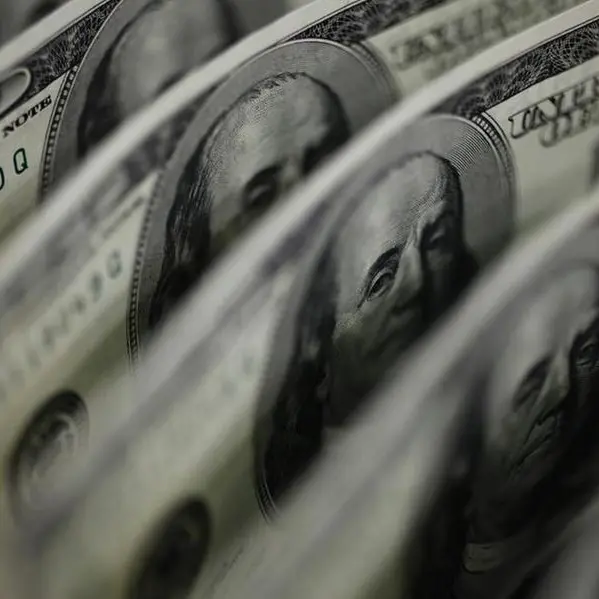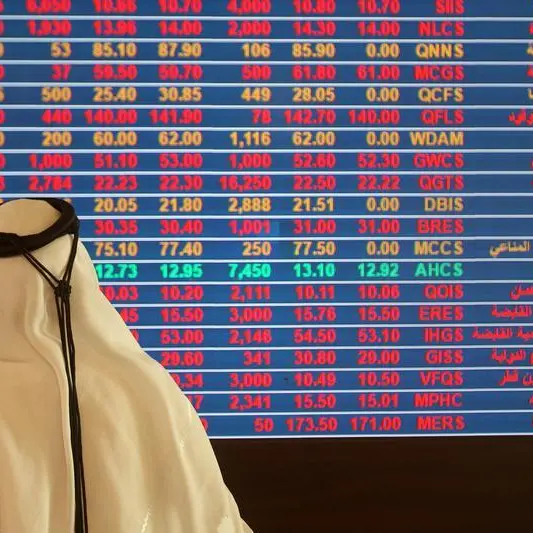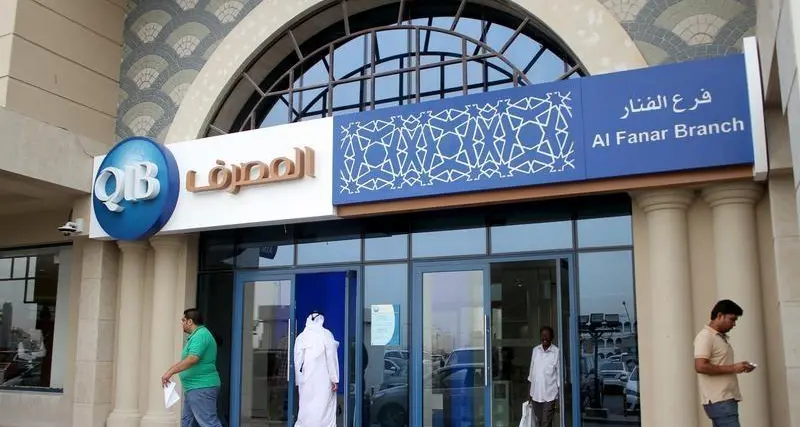PHOTO
Saudi Arabia’s entities, including central bank and corporates, were the top issuers of bonds and sukuk among GCC countries for 2018, according to a report by Kuwait Financial Centre ‘Markaz’.
The overall GCC sovereign and corporate issuances were down by 11.7 percent in 2018 to $153.74 billion, in comparison to the amount raised in 2017.
Issuers in Saudi Arabia raised a total of $28.51 billion through 22 issuances, which represents 31 percent of the $91.87 billion total value raised in the GCC.
The United Arab Emirates was the second highest country in terms of total issuance of bonds and sukuk representing 30 percent of the total Gulf issuance.
Saudi and the UAE were followed by Qatar at 24 percent of total GCC issuances and a total value of $22.23 billion that more than doubled in 2018 compared to 2017, rising by 259.22 percent year-on-year.
In Oman, 10 issuances were recorded with a total value of issuances of $10.8 billion, which accounts for 12 percent of total Gulf Issuances.
Kuwait recorded 8 issuances representing 1.4 percent of the total issuances and raising $1.3 billion compared to $10.83 in 2017.
Almost half of the issuances in the GCC (50.3 percent) were from the government sector raising $46.19 in 2018 in comparison to $65.28 billion raised in 2017.
The Financial sector recorded the second highest value of issuances accounting for near one third (29.6 percent) of the total value of issuances with 250 issues that raised $27.20 billion.
GCC corporate entities raised $45.68 billion in 2018 in bonds and sukuk issuances, up by 17.19 percent from $38.98 billion raised in 2017.
Sovereign issues were valued at $46.19 billion, representing 50.3 percent from the total market, as compared to $65.28 billion in 2017.
Saudi government raised $10.88 billion in domestic bonds and $13 billion in U.S. dollar denominated bonds and sukuk.
It is estimated that Saudi public debt is set to rise to 23.7 percent of its gross domestic product (GDP) by 2020, according to National Bank of Kuwait (NBK) report.
The kingdom’s public debt reached 563 billion Saudi riyals at the end of 2018, which is around 19.4 percent of GDP, and this figure is projected to increase to 22.2 percent of GDP in 2019, according to NBK which considers that the debt of Saudi Arabia is still considered low by international standards.
Further Reading:
Higher rates, volatility to dent GCC bond issues: JPMorgan
GCC distressed debt market needed to clear problem loans, say experts
Weekly Q&A: "I believe that GCC bonds offer great value for a number of reasons"
(Writing by Nada Al Rifai; Editing by Mily Chakrabarty)
(nada.rifai@refinitiv.com)
Our Standards: The Thomson Reuters Trust Principles
Disclaimer: This article is provided for informational purposes only. The content does not provide tax, legal or investment advice or opinion regarding the suitability, value or profitability of any particular security, portfolio or investment strategy. Read our full disclaimer policy here.
© ZAWYA 2019












